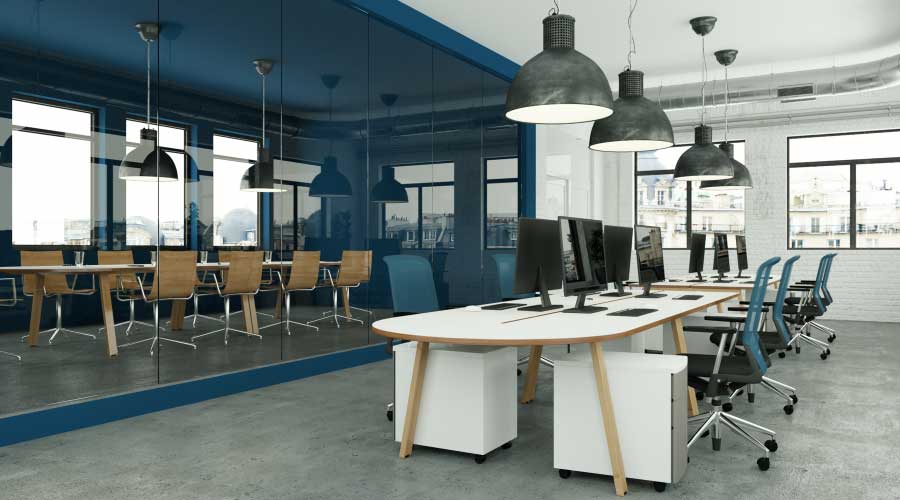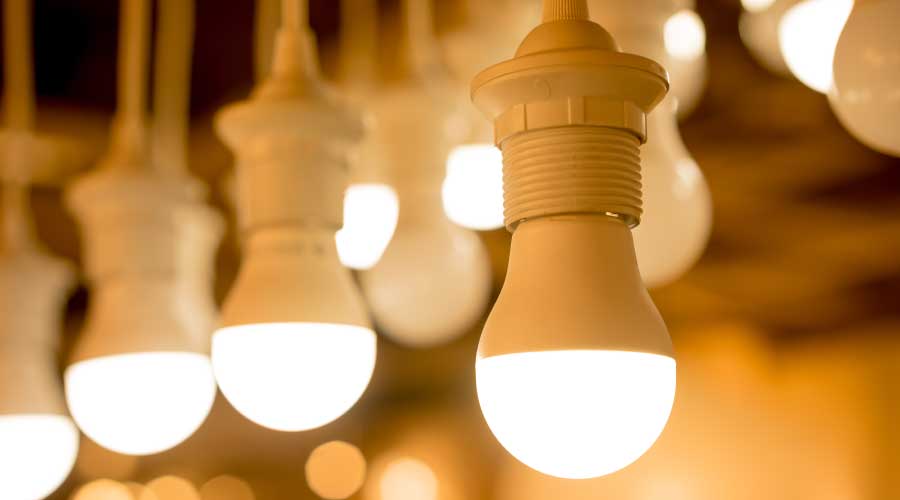Potential Downsides and Best Uses for LEDs
One of the potential downsides to LED lighting is that, like all electronic components, LEDs are heat sensitive. If they are used in an environment that is hotter than they are rated for, LEDs may produce less light and fail early. It is essential to keep LEDs cool, which manufacturers typically accomplish by incorporating a heat sink. But, in some cases, this can make an LED bulb fairly bulky and inhibit use with certain fixtures.
Some LED lighting can produce unwanted glare, so it is important to make sure that the product selected is designed to control glare to ensure that the light goes only where it is needed. Another concern is that there is a wide variety of "white" light choices, so even lamps with the same specifications may have inconsistencies that make it difficult to match one lamp to the next. Comparing LED products can be challenging because testing procedures may vary from one manufacturer to another. Lastly, LEDs are still expensive on a first-cost basis compared to traditional light sources.
Where do LEDs work best?
Some of the best potential applications for LEDs are areas where directional light is needed, such as floodlights or spotlights for accent light on artwork or architectural elements. Recessed downlights are also a particularly good application for LEDs. That's because almost all of the light produced from the LED is directed out of the downlight, unlike incandescent or compact fluorescent lamps that produce light that gets trapped inside the "can" and requires additional reflectors to direct the light to where it is needed. LED lighting also works well where the light source is close to the task or there is a small area to illuminate, such as under-cabinet lighting or portable desk lights. This could also include applications where there are space constraints, such as ceiling coves or step and rail lighting. LEDs can work well for outdoor lighting, especially in cold climates, and are commonly used for landscape lighting, street and area lighting, parking garages, wall-mounted security lights, decorative pole-mounted lights and porch lights.
LEDs may be lower wattage, but how else can I fairly compare products?
Energy use is important, but there's more to the story than watts. Light output, for example, which is measured in lumens, and intensity of directional light, which is measured in center-beam candlepower (CBCP), are also important. Color accuracy is shown in CRI on a scale of 0 to 100, and color appearance of the light is represented by correlated color temperature (CCT) in Kelvin. Compare LED products against existing lighting as well as competing products and don't forget to compare rated life and warranty.
Related Topics:














